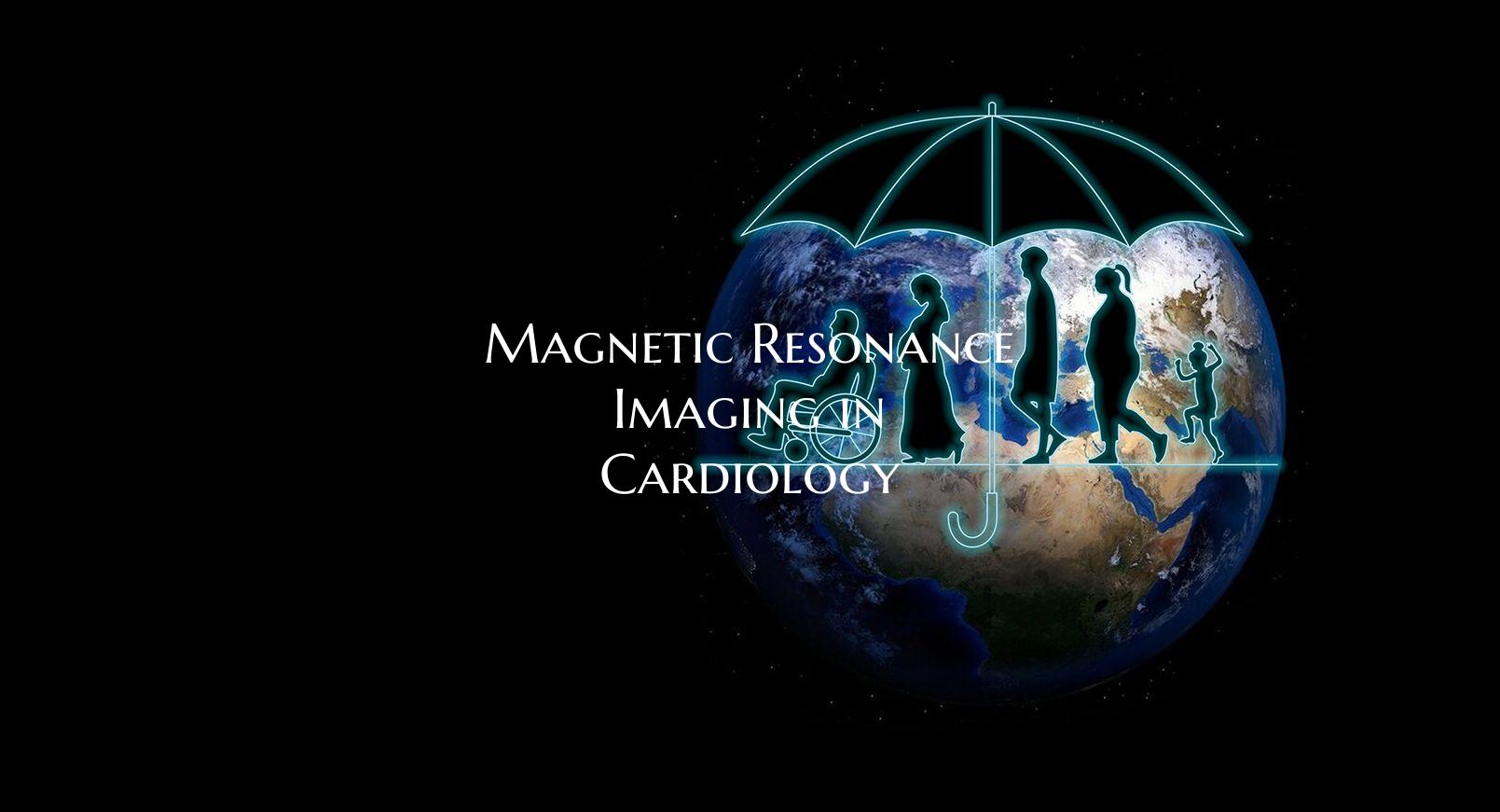
Magnetic Resonance Imaging in Cardiology
Introduction: Magnetic Resonance Imaging (MRI) is a non-invasive imaging technique that has revolutionized the field of cardiology. With its unparalleled ability to provide detailed anatomical and functional information about the heart, MRI has become an essential tool in the diagnosis, risk stratification, and management of various cardiovascular conditions. This article explores the significance of MRI in cardiology and its role in improving patient outcomes.
Detection of Structural Abnormalities: One of the key applications of MRI in cardiology is the detection of structural abnormalities in the heart. MRI can accurately visualize the chambers, valves, and blood vessels of the heart, allowing for the identification of congenital defects, tumors, and other abnormalities that may affect cardiac function. This detailed anatomical information is crucial for guiding treatment decisions and planning interventions.
Assessment of Cardiac Function: MRI is also invaluable for assessing cardiac function, including ventricular volumes, ejection fraction, and myocardial wall motion. By providing quantitative measurements of cardiac parameters, MRI enables clinicians to evaluate heart function with precision and monitor changes over time. This information is vital for diagnosing heart failure, cardiomyopathies, and other conditions that affect cardiac performance.
Evaluation of Myocardial Viability and Perfusion: In patients with ischemic heart disease, MRI plays a crucial role in assessing myocardial viability and perfusion. Through techniques such as contrast-enhanced imaging and stress testing, MRI can identify regions of the heart that are ischemic or scarred due to coronary artery disease. This information helps in determining the prognosis of patients, guiding revascularization strategies, and optimizing medical therapy.
Risk Stratification and Treatment Planning: MRI is a powerful tool for risk stratification in patients with various cardiac conditions, such as arrhythmias, valvular diseases, and cardiomyopathies. By providing detailed information about cardiac structure and function, MRI helps clinicians identify high-risk patients who may benefit from closer monitoring or more aggressive interventions. Moreover, MRI is instrumental in planning complex procedures, such as cardiac ablations, valve replacements, and device implantations.
Conclusion: In conclusion, Magnetic Resonance Imaging is an essential tool in modern cardiology practice. Its ability to provide detailed anatomical, functional, and physiological information about the heart makes it indispensable for the diagnosis and management of a wide range of cardiovascular conditions. As technology advances and techniques improve, MRI continues to play a central role in improving patient outcomes and advancing the field of cardiology.